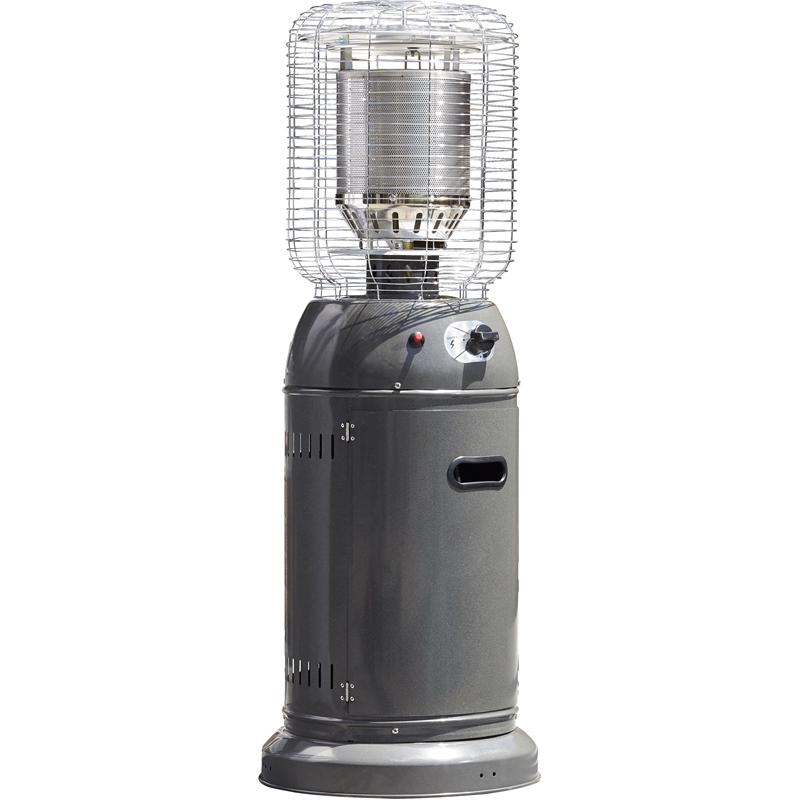Safety in Utilizing a Wood Heater


This is what ought to be done to safely work with a wood heating system. Before you ever take up a fire in your wood heater check the stove pipe and chimney. Turn to see they are properly connected and they haven't any holes showing. Fumes like carbon monoxide, and also smoke, could escape into your home by way of a hole in the stove pipe, as could flames f you ever have a small chimney fire. Which could take up a house fire.
Open a window some to permit oxygen from outside to enter the area where your heater is burning. The fire burns up the oxygen within the room when the heater is operating.
It is a good idea to possess your heater sitting on a sheet metal base, that stretches out while watching heater's door. This metal sheet spreads out any excessive heat on to the floor and should the fire spit out burning embers when the door is opened for putting wood in, the ground will undoubtedly be protected from burns. This can often happen if the wood being burnt is not completely dry. Some types of wood like spruce will have a tendency to pop and spit embers frequently while burning.
Check the fire proof chord seal around the door of the heater, ensuring you can find no holes or gaps present. You want the fire box of your heater air tight once you close the draft lever shutting off the ventilation. The draft lever enables you to control how hot the fire burns. Closing the draft lever slows down the fire by stopping its oxygen supply.
You should keep a door seal repair kit on hand. It includes a tube of liquid adhesive and a amount of fire proof rope-like chord. When you can start to see the light of the fire through the edge of the entranceway where the door seal is located, repair is needed.
Check over here is best to do the repair once the door of the heater is still quite warm. Measure and slice the correct length of door sealing chord which will fit all over the door in the groove. Scrape out any of the old chord still inside the heater door groove and when clean wipe it with a rag. Apply the liquid adhesive a few drops at a time to the inside of the groove. The warmth of the door will cause it to become sticky in a minute. When the adhesive becomes gel-like, press the chord into the groove with a screwdriver. Hold the chord in place for a few moments while it sets, attaching a few inches of the chord to the groove at the same time. When it is all set up, close the heater door. Tighten the entranceway latch whenever you can and let it set for about 15 minutes.
The chimney should be checked for an excess of soot deposited on its inside. This can be a good notion to open the hole for the soot to collapse the chimney and stove pipe into the heaters burning chamber. That is done by turning two fire bricks on their side near the top of the heaters burning chamber.
Wear old clothes. Take hand wiping rag, chimney cleaning brush, and the various tools needed to remove the stove pipe cap at the top of your chimney. Carefully climb onto the roof. Take off the chimney cap and brush the soot off the within of the cap. Look inside the chimney. You will likely visit a layer of black soot covering the top of the chimney. Blow it away. Take the chimney brush and carefully push it down and pull it up the chimney. Do this repeatedly and soon you see forget about black near the the surface of the chimney. When it's clean reattach the cap onto the chimney, clean the hands and tools with the rag and become careful climbing down off the roof. Take your time. It is not worth getting hurt by falling.
Wood heat is a comfortable method of heating your home nonetheless it does take some safety knowledge and precautions to do so safely.
